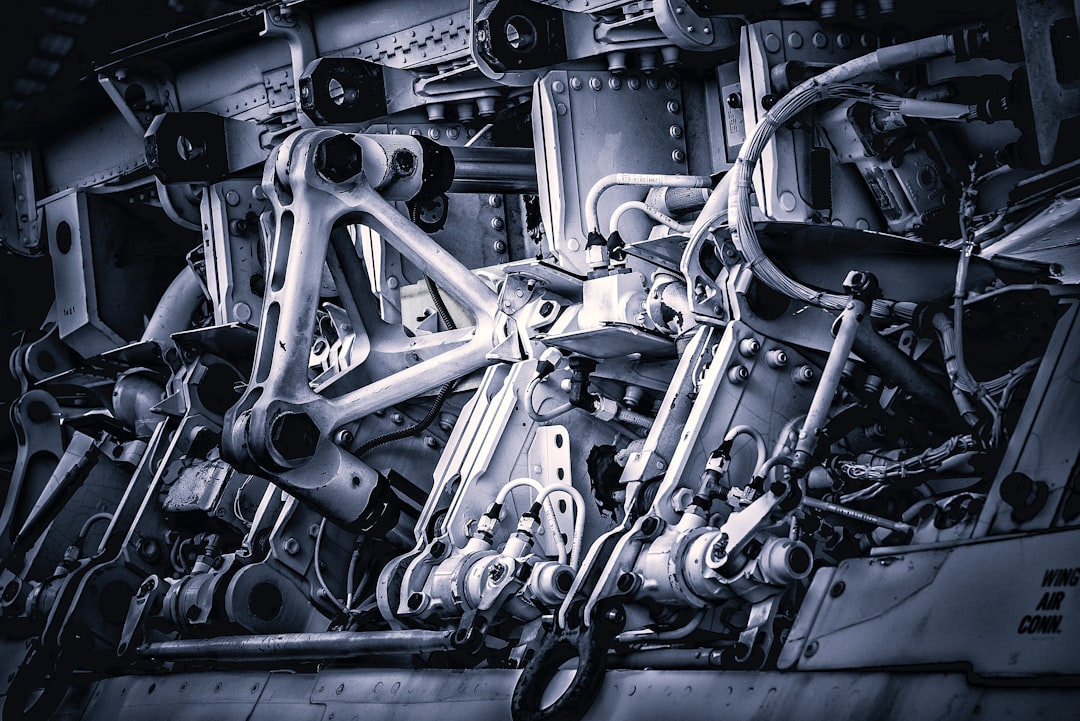What is it about?
The paper describes the identification and discrete-time optimal control design of a generating unit, operating in a multimachine environment. The system comprises three generating units which are interconnected to supply a common load area in addition to their local loads. The generating unit, which is the most effective candidate for optimal control application, is selected first on the basis of eigenvalue analysis. A low-order state-space model of this unit is obtained by using recursive least-squares identification. On the basis of this model, a local state-feedback optimal controller is designed by using the dynamic programming procedure. The controller provides integrated control to the generator exciter and turbine-valving, and is implemented on a fairly detailed non-linear model which simulates the interconnected system. A comparison is made between this optimal controller and conventional controllers which are in common use in power stations. The simulation results, which include 3-phase fault tests and stability boundaries, show the appreciable improvement in system performance obtained by adopting the optimal controller based on the identified model.
Featured Image
Why is it important?
Obtaining a mathematical model of a generating unit by using on-line identification techniques. Application of multi-variable optimal control on a complex system.
Perspectives
I hope this article be useful in modern power systems.
Professor Omar H. Abdalla
Helwan University
Read the Original
This page is a summary of: Identification and Optimal Control of a Generating Unit in an Interconnected System, Electric Machines & Power Systems, January 1985, Taylor & Francis,
DOI: 10.1080/07313568508909120.
You can read the full text:
Contributors
The following have contributed to this page










